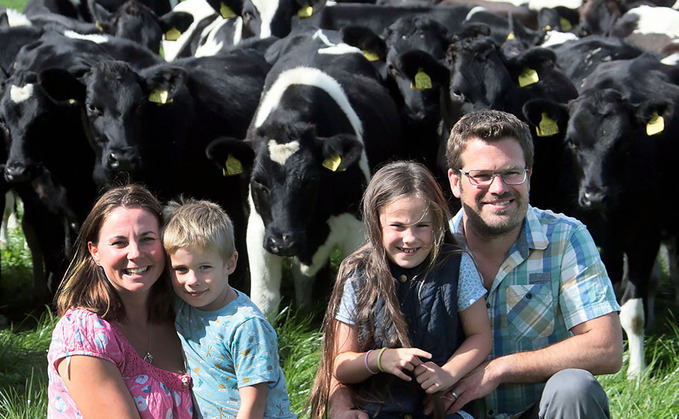
When opportunity knocks, West Wales dairy farmer Adam Jones rarely says ‘no' and this is a policy which has seen four-fold increases in farmed acreage and cow numbers over the past six years. Barry Alston...

When opportunity knocks, West Wales dairy farmer Adam Jones rarely says ‘no' and this is a policy which has seen four-fold increases in farmed acreage and cow numbers over the past six years. Barry Alston...